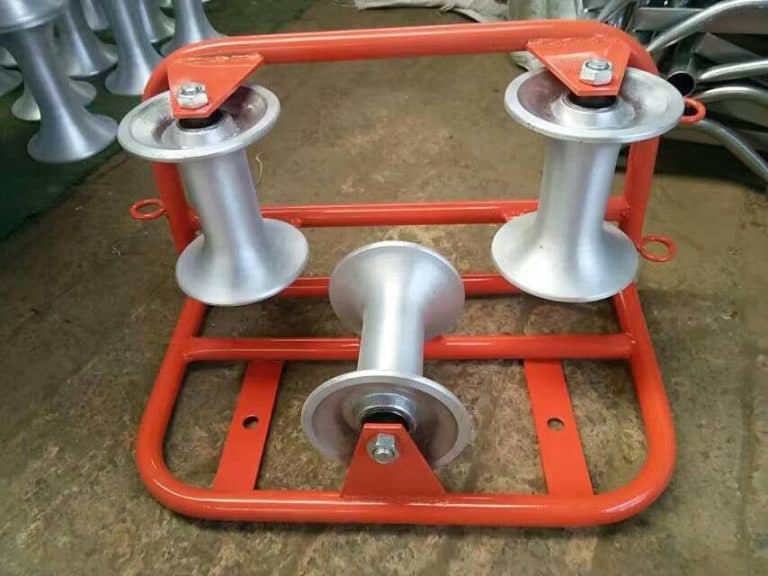A Closer Look at Cable Laying Rollers: How Do They Work?
Cable laying rollers are essential tools for the installation of cables and wires in various…
Cable laying rollers are essential tools for the installation of cables and wires in various industries, including telecommunications, power transmission, and construction. These rollers are designed to ensure that the cable is installed smoothly and efficiently, while also minimizing damage to the cable and the surrounding environment. But how do cable laying rollers work?

At their core, cable laying rollers are simple machines that consist of a cylindrical body and a series of bearings that allow the roller to rotate freely. The cable is fed through the center of the roller, and as it is pulled through, the roller rotates to guide the cable in the desired direction. Cable laying rollers can be used to guide cables both horizontally and vertically, depending on the needs of the application.
One of the key features of cable laying rollers is their ability to reduce friction and prevent cable damage. The rollers are typically made from materials such as plastic, nylon, or aluminum, which are smooth and non-abrasive. This reduces the amount of friction between the cable and the roller, which can help to prevent the cable from becoming kinked, twisted, or damaged during installation.
In conclusion, cable laying rollers are simple yet essential tools for cable installation. By guiding the cable smoothly and minimizing friction, these rollers help to ensure that cables are installed quickly, safely, and efficiently. If you are involved in cable installation, it is important to select the right cable laying rollers for your application to ensure the best possible results.







